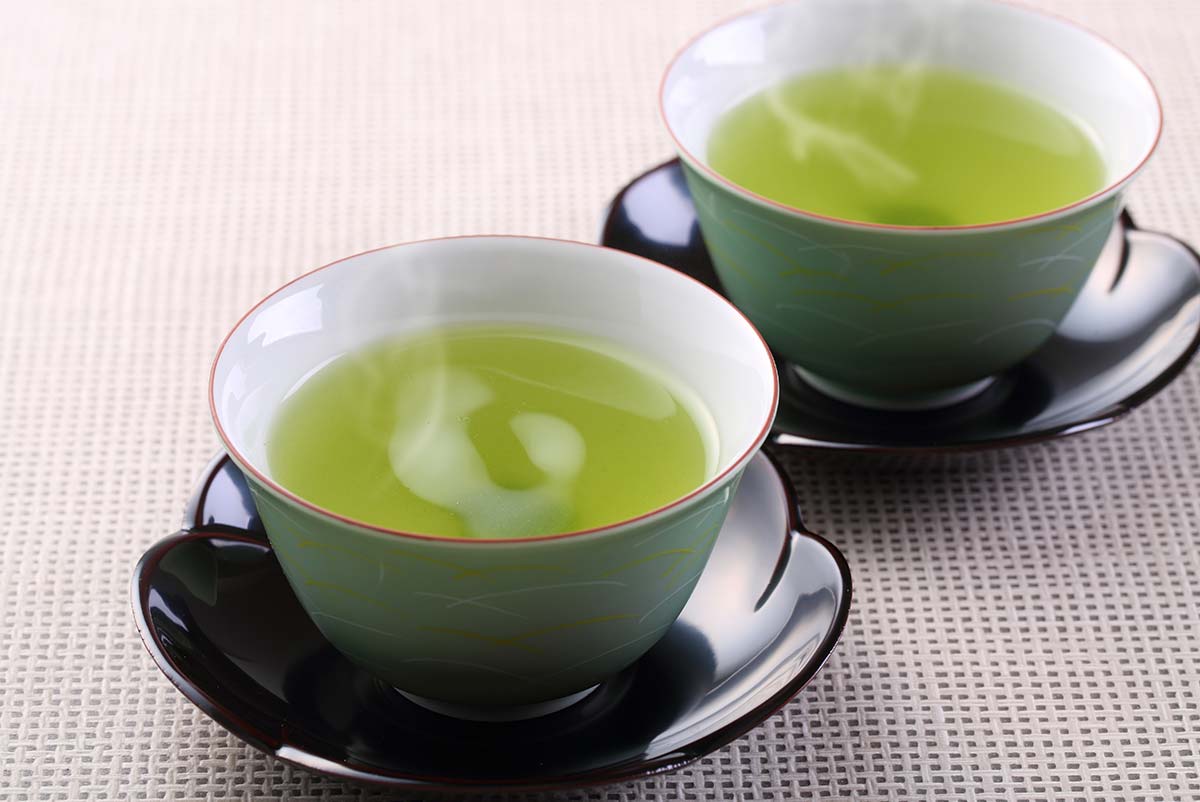千利休の茶のシンボルのように扱われるのが、楽茶碗です。陶芸の世界では、通常の陶器が1100°以上で焼かれるのに対し、800°などの低火度で焼成された陶器を楽焼と呼んでいます。技術的には中国の三彩陶がベースであり、最初に作った長次郎は中国出身と考えられています。京都市内で取れる赤土に透明釉を掛けて作った赤楽が基でしたが、後に工夫され、わび茶の美意識を体現するかのような黒い茶碗が完成しました。
Raku ware, tea bowls in particular, is now thought of as a symbol of Rikyû’s tea. Ceramics are normally fired in the kiln at more than 1100 °C, but Raku ware refers to ceramics fired at a lower temperature of about 800 °C.
The roots of Raku ware are thought to have been in Sancai, a style of Chinese pottery using glaze predominantly in the three colors. Chôjirô, the potter who first made Raku ware, is thought to have come from China.
Raku ware was originally made of reddish clay found in the city of Kyoto, coated in a transparent glaze, and then fired. The result of this process was the early Raku ware, Red-Raku. Later developments in technique allowed the creation of Black-raku ware, and black tea bowls can be said to embody the aesthetics of wabi-tea (simple and rustic tea).

